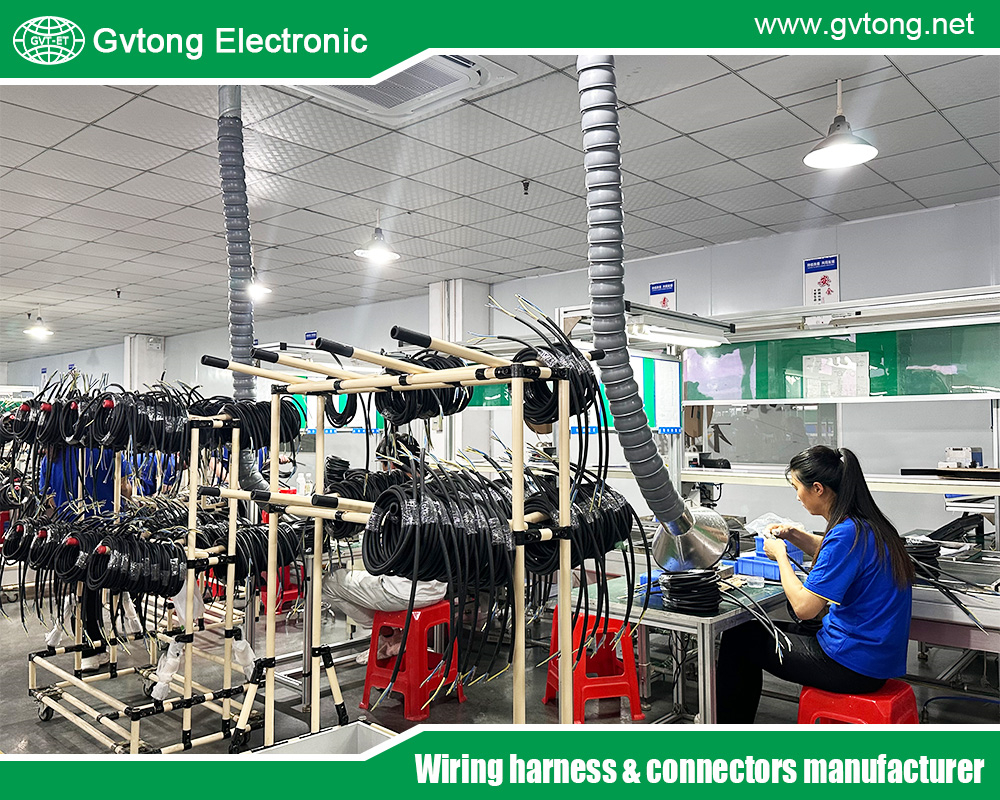Blogs & News
We are focus on automotive wiring harness & connectors technology.

Research on Strategies for Optimizing Signal Transmission Quality of Seven-Chamber Connectors
- Gvtong Electronic
- Anti-vibration automotive connectors, automotive antenna connector, automotive coaxial connector, automotive data connector, automotive diagnostic connector, automotive electrical connector, automotive high - frequency, Automotive high - frequency connector, automotive High voltage connector, automotive hybrid connector, automotive Low voltage connector, automotive Oil-resistant Connectors, automotive optical fiber connector, automotive power distribution, Automotive power distribution connector, Automotive shielded connectors, automotive Signal Connector, Automotive temperature - resistant connector, automotive vibration - resistant, Automotive vibration - resistant connector, automotive waterproof connectors, High-speed data connectors, High-temperature resistant connectors, Low-contact resistance connectors, Oil-resistant automotive connectors, Seven-Chamber Connectors, Seven-Chamber Connectors Factory, Seven-Chamber Connectors Manufacturer, Seven-Chamber Connectors Supplier
- No Comments
Research on Strategies for Optimizing Signal Transmission Quality of Seven-Chamber Connectors
In modern electronic devices, seven-chamber connectors are widely used in various complex circuit systems due to their unique structure and functions, undertaking the critical task of signal transmission. With the rapid development of electronic technology, the requirements for the signal transmission quality of seven-chamber connectors have become increasingly stringent. High-quality signal transmission is the foundation for ensuring the stable operation of electronic devices and achieving efficient data communication. Poor signal transmission quality can lead to many problems such as signal distortion, attenuation, delay, and crosstalk, and in severe cases, even cause failures in the entire system. Therefore, in-depth research and effective optimization of the signal transmission quality of seven-chamber connectors are of great significance for improving the performance of electronic devices and promoting the development of electronic technology.
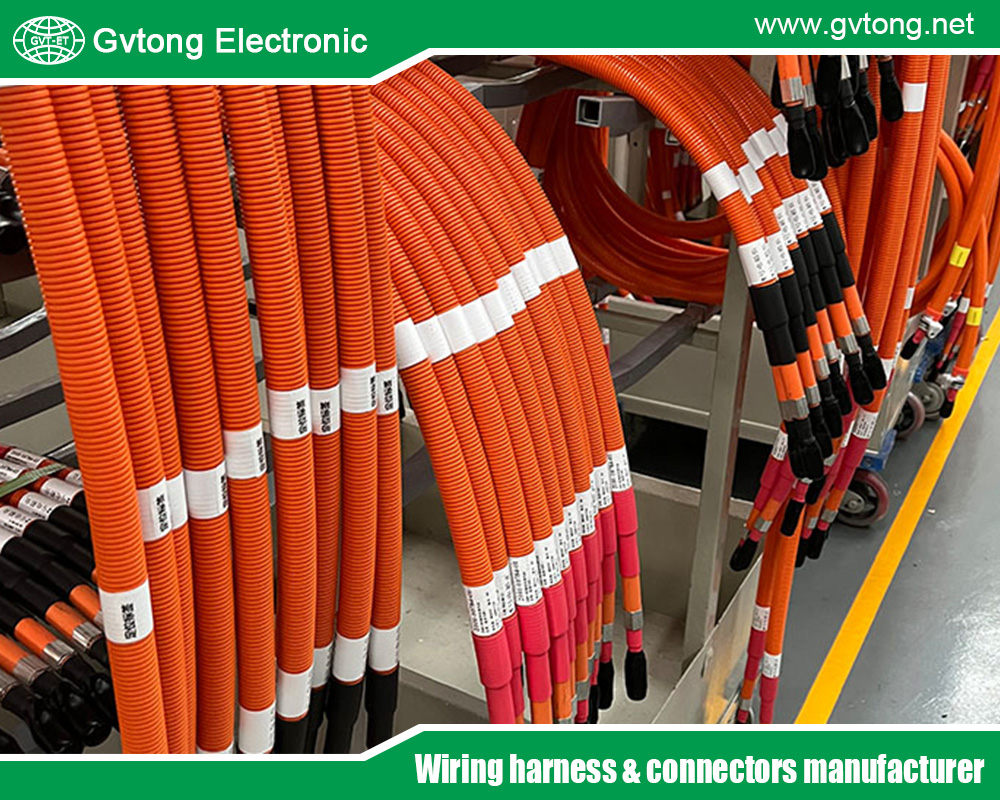
Basic Principles of Signal Transmission in Seven-Chamber Connectors
Structure and Working Mechanism
A seven-chamber connector typically consists of seven independent chambers, each containing signal transmission pins, insulating materials, and a shielding layer. The signal transmission pins serve as the core components, responsible for carrying the transmission of electrical signals. The insulating materials wrapped around the pins play a role in isolating different signal lines and preventing short circuits. The shielding layer surrounding the entire chamber can effectively block external electromagnetic interference, ensuring that signals are transmitted in a relatively pure environment. When an electrical signal is input into the connector, it is transmitted through the pins in each chamber and finally output to the connected circuit system, achieving signal transmission and interaction.
Signal Transmission Modes
Seven-chamber connectors support multiple signal transmission modes, including single-ended transmission and differential transmission. Single-ended transmission refers to using one signal line to transmit signals with the ground as the reference level. This transmission mode has a simple structure and low cost but has relatively weak anti-interference capability and is easily affected by external electromagnetic noise. Differential transmission uses two signal lines to transmit a pair of signals with equal amplitude and opposite polarity to represent data. The advantage of differential transmission is that it can effectively suppress common-mode interference, improve the anti-interference capability and transmission quality of signals, and better guarantee the integrity and accuracy of signals. In practical applications, appropriate transmission modes are selected according to specific needs and scenarios.
Key Factors Affecting Signal Transmission Quality
- Impedance Matching: The impedance matching degree between the seven-chamber connector and the connecting line has a decisive impact on the signal transmission quality. When the impedance is mismatched, signal reflection occurs during transmission, leading to signal energy loss and problems such as signal distortion and waveform distortion. For example, if the characteristic impedance of the connector is 50Ω, while the impedance of the connected line is 75Ω, a large reflection coefficient will be generated, seriously affecting the normal signal transmission.
- Electromagnetic Interference: In complex electromagnetic environments, seven-chamber connectors are highly susceptible to external electromagnetic interference. Electromagnetic radiation generated by nearby high-power electronic devices, wireless communication devices, etc., can enter the connector through spatial coupling or conduction, interfering with normal signal transmission. In addition, crosstalk may also exist between different signal lines inside the connector, that is, the signal of one signal line affects the signal transmission of other lines through electromagnetic induction, leading to a decline in signal quality.
- Transmission Distance: When signals are transmitted in a seven-chamber connector, they gradually attenuate as the transmission distance increases. This is because signals are affected by factors such as resistance, capacitance, and inductance in the transmission medium, leading to continuous loss of signal energy. The longer the transmission distance, the more serious the signal attenuation. When the attenuation reaches a certain level, the signal cannot be correctly identified and processed, thereby affecting the signal transmission quality.
Strategies for Optimizing Signal Transmission Quality of Seven-Chamber Connectors
Improved Connector Design
- Optimized Chamber Structure: Optimize the design of the chamber shape, size, and internal layout of the seven-chamber connector. By reasonably adjusting the chamber shape, the transmission path of the signal in the chamber and the distribution of the electromagnetic field can be changed to reduce signal reflection and interference. For example, a gradient chamber structure can be used to make the signal transition more smoothly during transmission and reduce the reflection coefficient. Precisely controlling the chamber size to ensure it matches the signal wavelength can improve the efficiency and stability of signal transmission. Optimizing the internal layout and reasonably arranging the positions of signal pins and shielding layers can reduce crosstalk between signal lines.
- Selection of High-Performance Materials: Using materials with excellent electrical properties is crucial in the manufacturing of connectors. For signal pins, high-conductivity metal materials such as copper alloys should be selected, and surface treatments such as gold plating should be applied to reduce contact resistance and minimize energy loss during signal transmission. Insulating materials should have the characteristics of low dielectric constant and low loss tangent, which can reduce the attenuation and delay of signals during transmission. For example, polytetrafluoroethylene (PTFE) is a commonly used high-performance insulating material with a low dielectric constant and stable electrical properties, which can effectively improve signal transmission quality. The shielding layer can use high-permeability metal materials to enhance the shielding effect against electromagnetic interference.
Enhanced Manufacturing Processes
- Precision Manufacturing and Assembly: Strictly controlling the manufacturing precision is the key to ensuring the signal transmission quality of seven-chamber connectors during the manufacturing process. Advanced processing technologies and equipment such as precision CNC machining and electrical discharge machining should be adopted to ensure that the dimensional accuracy and surface roughness of the chambers and pins meet the design requirements. In the assembly process, high-precision automatic assembly equipment should be used to ensure tight and reliable connections between components and avoid problems such as looseness and poor contact. At the same time, a strict quality inspection system should be established to conduct comprehensive electrical and mechanical performance tests on each connector to ensure the consistency and stability of product quality.
- Control of Manufacturing Defects: Defects that may occur during the manufacturing process, such as air bubbles, impurities, and cracks, can negatively impact signal transmission quality. Therefore, it is necessary to strengthen the monitoring and management of the manufacturing process and use advanced detection technologies such as X-ray detection and ultrasonic detection to timely identify and eliminate these defects. For example, in the injection molding process of insulating materials, the generation of air bubbles can be reduced by optimizing injection molding process parameters such as temperature, pressure, and injection speed; in the processing of metal components, the processing technology should be strictly controlled to avoid defects such as cracks, thereby improving the overall performance of the connector.
Signal Processing Technologies
- Pre-Emphasis and Equalization Technologies: The pre-emphasis technology is to appropriately boost the high-frequency components at the signal transmitting end to compensate for the high-frequency attenuation during signal transmission. Through pre-emphasis, the signal can maintain a relatively flat frequency response after transmission, reducing signal distortion. The equalization technology is to process the distorted signal at the signal receiving end, and restore it to the original state by adjusting the amplitude and phase of the signal. Common equalization methods include time-domain equalization and frequency-domain equalization. Time-domain equalization compensates for signal delay and distortion by adjusting the tap coefficients of the filter, while frequency-domain equalization realizes signal restoration by adjusting the frequency characteristics of the signal. Combining pre-emphasis and equalization technologies can effectively improve the signal transmission quality of seven-chamber connectors.
- Shielding and Grounding Technologies: Strengthening the shielding and grounding measures of seven-chamber connectors is an important means to improve signal anti-interference capability. Optimizing the design and structure of the shielding layer to ensure that it can effectively block the intrusion of external electromagnetic interference. For example, a multi-layer shielding structure can be used to increase the thickness and density of the shielding layer and improve the shielding effect. At the same time, the grounding system should be improved to ensure good grounding of the connector and timely introduce interference signals into the ground. Good grounding can reduce the grounding resistance and the ground potential difference, thereby reducing the impact of common-mode interference on signal transmission. In addition, shielded cables can be used to connect seven-chamber connectors to further enhance the anti-interference capability of signal transmission.
System-Level Optimization
- Collaborative Design with Peripheral Circuits: As a part of the entire circuit system, the signal transmission quality of seven-chamber connectors is closely related to peripheral circuits. Therefore, in the design of the circuit system, the seven-chamber connector and peripheral circuits should be collaboratively designed, comprehensively considering their electrical compatibility and signal transmission characteristics. For example, reasonably designing the impedance matching network of peripheral circuits to match the impedance of the seven-chamber connector and reduce signal reflection; optimizing the layout of peripheral circuits to avoid strong interference sources from being close to the connector and reduce the impact of electromagnetic interference. At the same time, the transmission quality of signals can also be optimized by adjusting the parameters of peripheral circuits, such as the gain of amplifiers and the cutoff frequency of filters.
- Signal Integrity Simulation and Testing: It is very necessary to use signal integrity simulation software to simulate and analyze the signal transmission process during the design and application of seven-chamber connectors. Through simulation, the transmission performance of signals in the connector can be predicted in advance, potential problems can be identified, and timely optimization and improvement can be carried out. Commonly used signal integrity simulation software includes HFSS, ADS, etc., which can accurately calculate and analyze parameters such as the impedance, reflection, crosstalk, and delay of the connector. In practical applications, comprehensive signal integrity testing of seven-chamber connectors is also required, such as measuring the S-parameters of the connector using a vector network analyzer and evaluating the signal quality through eye diagram testing. According to the test results, the design and performance of the connector can be further adjusted and optimized to ensure that it meets the requirements of practical applications.
Conclusion
The optimization of signal transmission quality for seven-chamber connectors is a complex and systematic project, involving multiple aspects such as connector design, manufacturing, signal processing, and collaboration with peripheral circuits. By improving connector design, optimizing chamber structure, and selecting high-performance materials; enhancing manufacturing processes, ensuring precision manufacturing and assembly, and controlling manufacturing defects; applying signal processing technologies, such as pre-emphasis and equalization, shielding and grounding; and carrying out system-level optimization, achieving collaborative design with peripheral circuits, and conducting signal integrity simulation and testing, the signal transmission quality of seven-chamber connectors can be effectively improved to meet the needs of modern electronic devices for high-speed and reliable signal transmission. In future research and applications, with the continuous development of electronic technology and the further improvement of requirements for signal transmission quality, it is necessary to continue exploring and innovating, and continuously optimize the performance of seven-chamber connectors to provide a more solid foundation for the development of electronic devices.
For more about research on strategies for optimizing signal transmission quality of seven-chamber connectors, you can pay a visit to Gvtong at https://www.gvtong.net/ for more info.
Recent Posts
The Best GR Series-Circular Connectors Manufacturer
The Best GD Series Combined Power Connector Manufacturer
A Guide to Selecting the Best GH Series Plastic Connector Manufacturer
How High Pressure Connectors Work?
The Best Automotive Connector Companies
Tags
Recommended Products
-
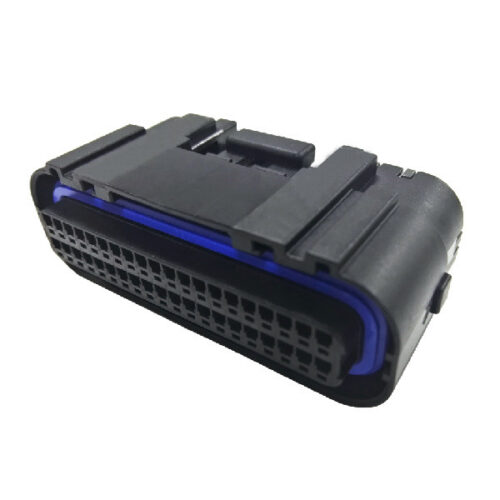
GE Series-34/40-core double-row signal connector
-
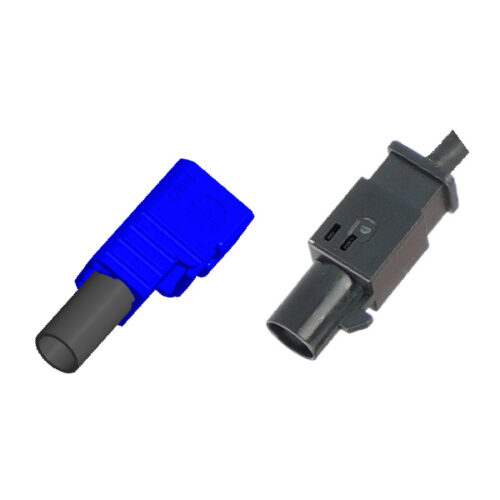
Automotive FAKRA Single Head Connector, Automotive Standard FAKRA Connectors
-
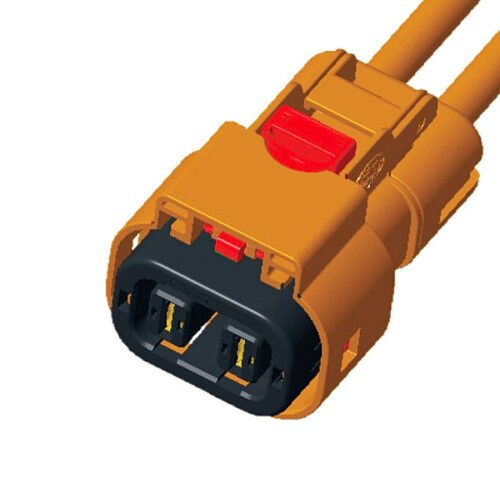
Connector plug+socket-GH630 series-2P
-
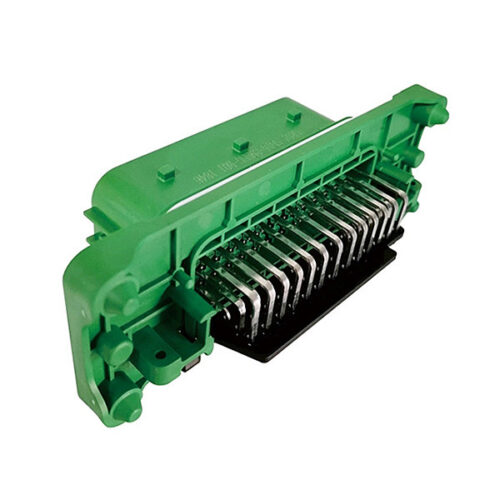
Rectangular connector-39 core socket
-
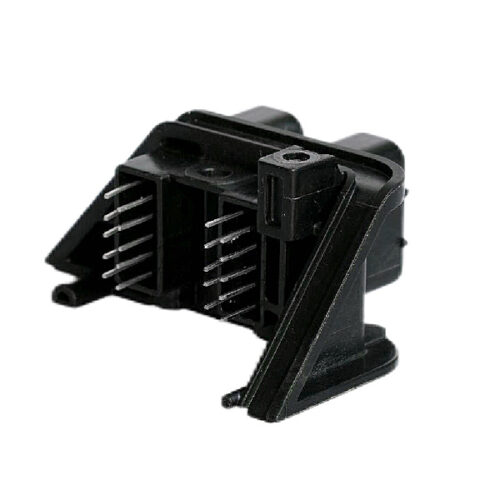
GE Series-20PIN Right Angle Connector Socket
-
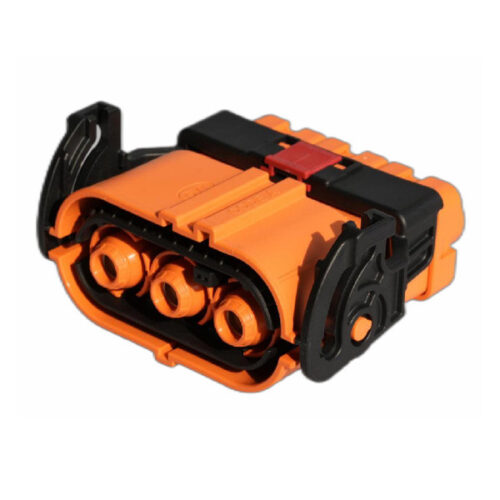
GH800 Series-3-core plastic high voltage connector
-
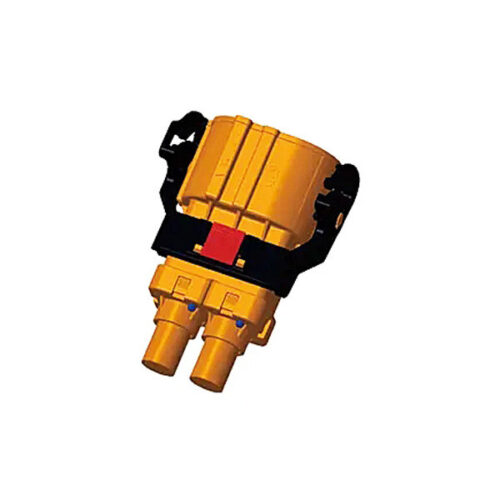
High voltage connector-GH800 series-2 core
-
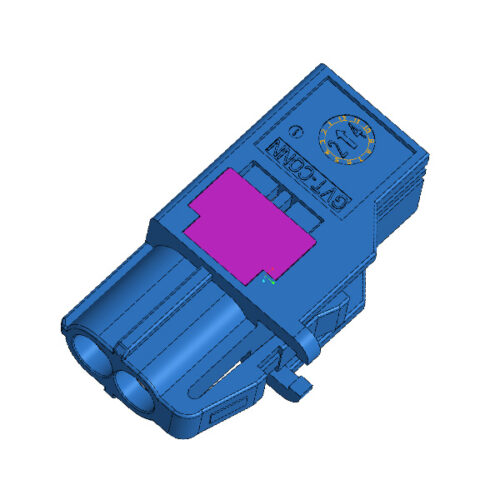
Automotive MINI Fakra High-Speed 2Pin Female To Fakra Male Z Code Connector

